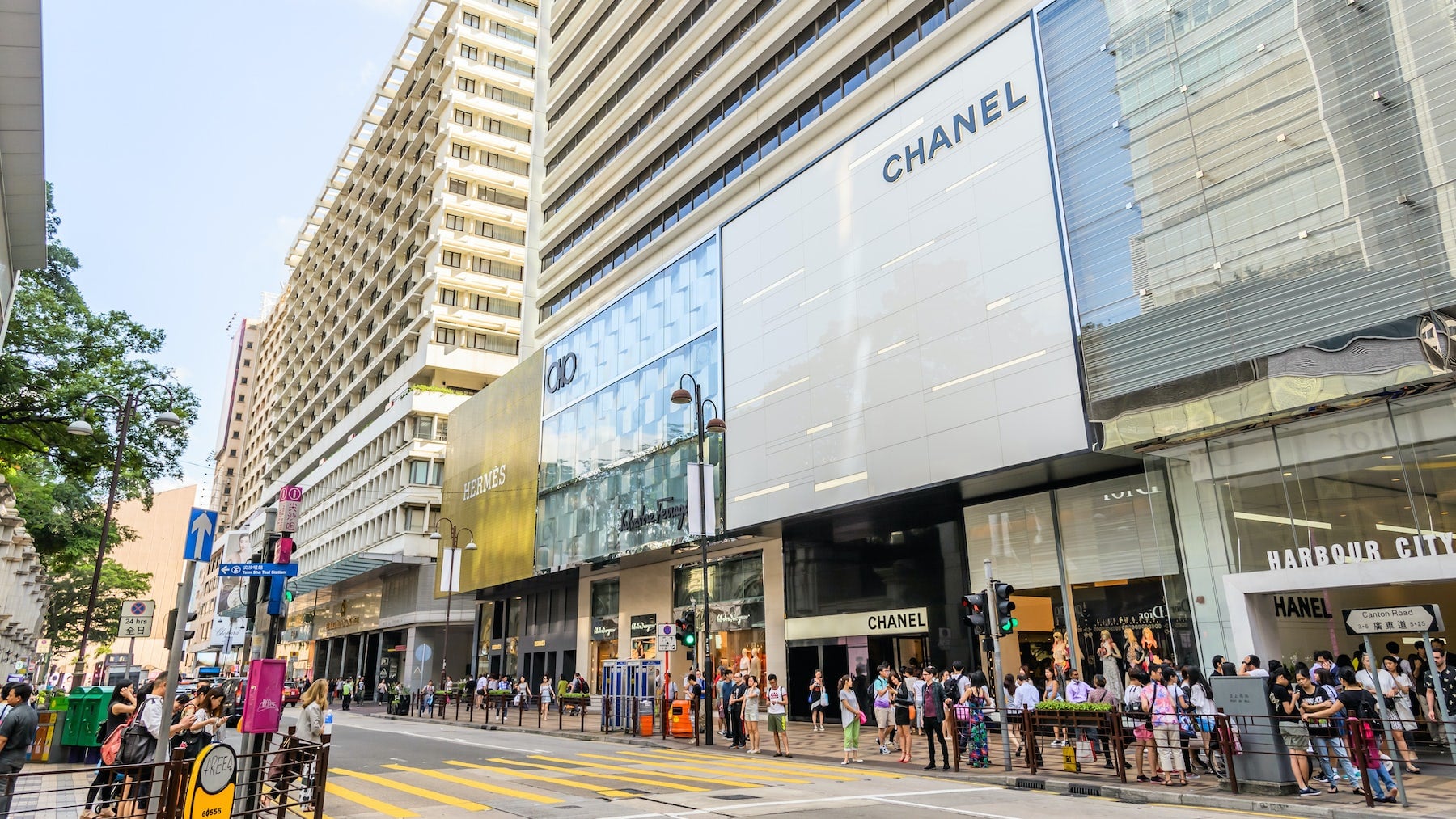
VERSAILLES, France — Growth in the more than 250 billion euro ($285 billion) personal luxury goods market should pick up next year, boosted by resurgent demand in the United States and China, after hitting a trough in 2016, consultancy Bain & Co predicted.
Bain, whose industry outlook is an authoritative and traditionally closely watched barometer of trends because of its extensive coverage of the sector, forecast luxury sales growth this year of around 1 percent at constant exchange rates, against 1.5 percent in 2015.
“I think this year could be a low point for the industry,” Claudia d’Arpizio, a Bain partner and lead author of studies on the luxury sector, told Reuters on the fringes of the New York Times International luxury conference in Versailles, outside Paris.
Bain is due to release in a few weeks its updated study and forecasts for the luxury goods market, which includes accessories, clothing, jewellery and watches, and has not yet published any figures to show its latest thinking on the outlook.
In recent weeks there has been a spate of negative news on the luxury sector but Bain is among the first to quantify an expected deterioration in trading conditions this year.
It said customers were adopting a wait-and-see attitude in the U.S. market, which meant demand was expected to revive next year once the presidential election was over. The strength of the dollar has also been holding back tourist shoppers.
It also expected demand in mainland China to improve as price differences narrow with regions such as Europe and China’s new tax measures and border controls help discourage overseas purchases.
The discrepancy between prices in Europe and China, which reached a peak of around 70 percent more than a year ago, has shrunk to around 35 percent on average and could fall to some 25 percent in the near future, Bain said.
Price differences
China’s personal shoppers or daigou have been arbitraging those price differences, making a commission on each purchase. Their thriving business explains why around 80 percent of Chinese luxury shopping is done abroad.
“If we repatriate that daigou business in the official channels, it will boost the Chinese domestic luxury market,” d’Arpizio said.
The luxury goods sector has suffered this year from several factors, from a drop in the number of tourists coming to Europe, spooked by militant attacks, to depressed trading in Hong Kong, weaker demand in China and a subdued U.S. market.
The sector, cyclical in nature, has been going though a slowdown since 2011, when growth was 13 percent at constant currencies. Growth was 5 and 6 percent in 2012 and 2013.
Several brokers have cut their earnings forecasts for luxury stocks, particularly those with high exposure to the depressed watch market. For example, UBS cut its earnings per share expectations last week for Cartier-owner Richemont by 7 percent and Swatch Group by 9 percent.
On Wednesday, JP Morgan lowered its like-for-like sales growth forecast for Burberry to minus 2 percent for the January-March period against a previous flat forecast.
Bain predicted annual growth in the personal luxury goods industry of between 2 and 3 percent through the next five years.
By Pascale Denis and Astrid Wendlandt; editor: David Holmes.


